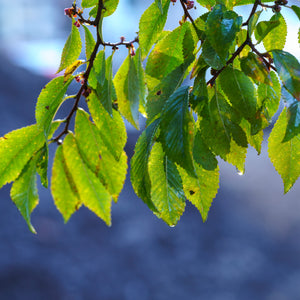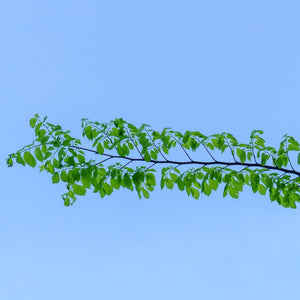The Elm Guide
Elm trees (genus Ulmus) are a stately and historically significant group of deciduous trees known for their graceful vase-like shape, hardy nature, and adaptability to urban and rural landscapes alike. With some species capable of living for over 100 years, elm trees make excellent focal points in parks, large gardens, and street plantings. Their deeply furrowed bark, serrated leaves, and broad canopies provide shade, shelter, and a sense of timeless beauty.
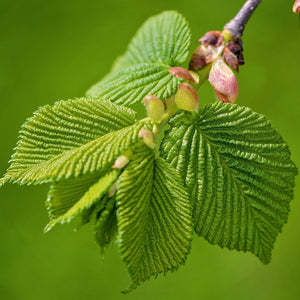
About
The Ulmus genus includes a variety of species, both native and non-native to North America. Among the most prominent is Ulmus americana, or the American elm, once a ubiquitous sight lining streets and boulevards due to its majestic form. Disease-resistant cultivars such as Ulmus americana 'Princeton' and Ulmus americana 'Valley Forge' have helped restore interest in this classic tree after widespread loss due to Dutch elm disease.
Other notable species include Ulmus parvifolia, the Chinese elm, known for its smaller leaves and ornamental, exfoliating bark, and Ulmus 'Frontier', a hybrid prized for its tolerance to disease and upright, pyramidal form. Hybrid selections like Ulmus 'Morton' and Ulmus 'Morton Glossy' offer improved resistance and compact habits suitable for urban planting.
Elm trees offer not just visual appeal but ecological benefits, supporting a variety of native wildlife. Their adaptability to different soil types, pollution tolerance, and resilience to pruning make them ideal candidates for a wide range of settings.
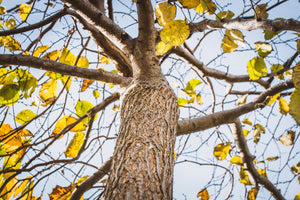
PLANTING
Elm trees are versatile and robust, but proper site selection and planting are essential to ensure healthy growth and longevity.
USDA Hardiness Zones: Most elms grow well in Zones 4–9, with some varieties tolerating both colder and warmer climates.
Soil: Elm trees prefer moist, well-drained soils but are tolerant of a range of soil types, including clay, loam, and sandy soils.
Sunlight: Full sun is ideal for vigorous growth and optimal canopy development, though elms can tolerate partial shade.
Watering: Young elms need regular watering during the establishment period. Mature trees are moderately drought-tolerant but benefit from occasional deep watering in extended dry spells.
Spacing: Provide ample space for mature canopy spread. Large varieties like Ulmus americana 'Princeton' should be planted at least 40 to 50 feet apart. More compact varieties can be spaced closer depending on intended use.
Planting Time: Early spring or fall is the best time to plant elm trees. Avoid planting during the peak of summer heat or late fall when root establishment is limited.
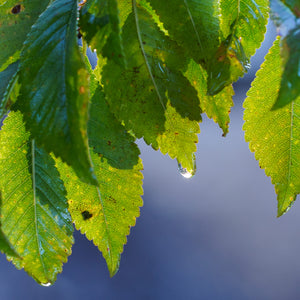
CARE
Elm trees require minimal maintenance once established but will benefit from consistent attention in the early years.
- Watering: Deep, infrequent watering helps encourage strong, deep root systems. Adjust frequency based on weather and soil conditions.
- Fertilizing: Apply a balanced slow-release fertilizer in early spring to encourage healthy foliage and steady growth.
- Pruning: Prune in late winter to early spring before bud break. Focus on removing dead, diseased, or crossing branches to maintain structure and airflow. Avoid topping.
- Pests & Diseases: Dutch elm disease remains a threat to susceptible species. Choose resistant cultivars when possible and monitor for signs of wilt, bark discoloration, or dieback. Elm leaf beetle and aphids may also appear but rarely cause lasting damage.
- Mulching: Apply a 2-3 inch mulch layer around the base of the tree, keeping it a few inches away from the trunk to prevent rot and pest issues.
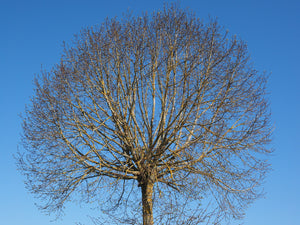
HOW TO USE
Elm trees can serve a variety of landscape functions thanks to their size, shape, and resilience. Their grand stature and sweeping canopies make them ideal for anchoring designs and offering structure to open spaces.
- Shade Trees: Large specimens like Ulmus americana 'Valley Forge' are excellent for shading lawns, playgrounds, and patios.
- Street Trees: Disease-resistant varieties like Ulmus 'Frontier' and Ulmus parvifolia 'Allee' perform well in urban settings due to their upright forms and pollution tolerance.
- Specimen Plantings: The elegant, arching shape of many elms makes them perfect as focal point trees in expansive lawns or civic spaces.
- Mixed Borders: Pair elms with complementary species such as Hydrangea arborescens, Cornus sericea, or Calamagrostis x acutiflora to soften their base and add seasonal interest.
- Wildlife Gardens: Elm foliage provides habitat and food for caterpillars, while mature trees offer nesting sites for birds.
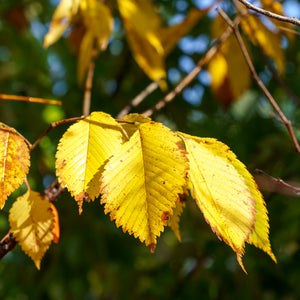
Common Questions
What does an elm tree look like? Most elm trees have a tall, upright trunk with arching branches that create a vase-shaped canopy. Leaves are typically oval with serrated edges and alternate arrangement.
What grows on the side of elm trees? Lichens, moss, and occasionally fungal infections can grow on the bark. In humid climates, epiphytic growth is common.
How big do elm trees grow? Depending on species, elms can range from 30 to 100 feet in height, with canopies spreading equally wide in mature trees.
How fast do elm trees grow? Growth rates vary. Ulmus americana can grow 3–6 feet per year under ideal conditions. Chinese elms and hybrids grow at a moderate to fast pace.
How long do elm trees live? Disease-resistant elms can live for 100 years or more. Historically, American elms often lived 150–200 years before the advent of Dutch elm disease.
What does elm bark look like? Mature bark is deeply furrowed with intersecting ridges, ranging in color from gray to dark brown. Chinese elm bark exfoliates in decorative patches.
Conclusion
Elm trees are enduring symbols of beauty, resilience, and shade. Whether used to line a boulevard, anchor a front lawn, or bring history back to urban streetscapes, elms deliver unmatched presence and ecological value. Modern, disease-resistant cultivars have brought elms back to prominence, offering gardeners and designers an opportunity to reintroduce this iconic tree into contemporary landscapes.
The Elm Collection
Sold Out
Sold Out
Sold Out
Sold Out

